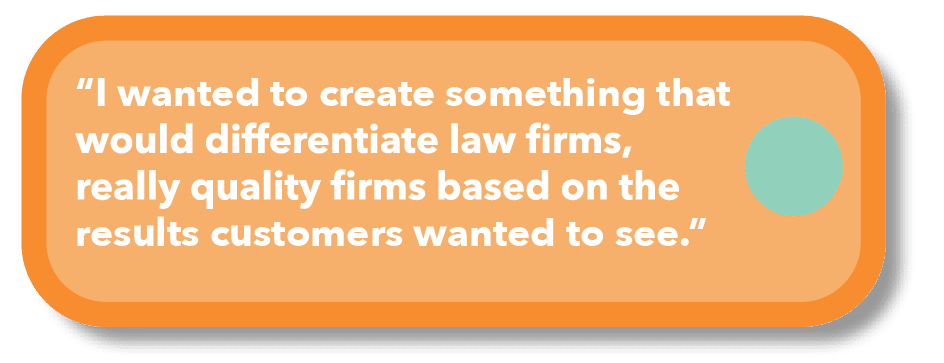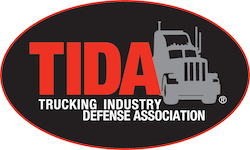by Christopher Curl, President & CEO, CEC Group
Dan Burkland was hearing it loud and clear from the CFO of a major retail client in 1993: find a way to quantify and control legal costs!
By 1993, the art of litigation management had entered what might be called Phase 3. Phase 1 was an all-out war to mitigate costs in the late 1980s, driven by both insurance carriers and corporate risk managers who had concerns about escalating legal expenses. Almost a war of attrition. By the early 90s, major law firms were rebelling against what they viewed as unfair practices and treatment, protesting vehemently against the stigma that firms were not honest. Phase 2 saw large corporate risks now concerned about their relationships with firms, and there was a movement to relax or not participate in aggressive litigation management practices. These large risks, with significant buying power, could pressure carriers to exempt them through special service agreements that gave them more control of many claims practices.
Phase 3 saw a focused attempt to merge best practices with more realism and a stronger sense of relationships with firms. A practical evolution.
Burkland was an accomplished claims executive by 1993, building a successful career with major carriers and TPAs. He developed strong relationships with retail and restaurant chains as he led major operations servicing them. He’d also seen the litigation management evolution up close and personal. Near the end of the 1980s, he was charged with selecting national attorneys who could fill a variety of roles while keeping a sharp eye on controlling their costs.
“I once had a major senior partner in Florida tell me that he billed by judging the weight of a file,” Burkland said. “This guy was a great lawyer, highly respected everywhere, and he was open to doing things differently. Ultimately, he felt by changing to controlled and accountable hourly billing, he would make more money. And he did.”
Burkland was unique. He was an experienced claims professional who had a computer science background in college. He knew how to create software at a time when software didn’t exist as we know it today.
And he listened to all sides: customers, carriers, TPAs.
“The time seemed right to create a solution that would support everyone’s goals – fairness, cost control, and especially preserving relationships,” Burkland said. “I wanted to create something that would differentiate law firms, really quantify firms based on the results customers wanted to see.” In the meantime, carriers raced to form central billing units who could review and adjust attorney bills, establishing their own operations and potential revenue. It was an arms race similar to medical bill review concepts.

So Burkland created LegalNet in 1993, abandoning a lucrative, sure-fire career in the insurance industry to become one of the first entrepreneurs in the legal metrics space. With his computer science and software background, he was able to start-up a company that could analyze attorney billing on a fair level. The most LegalNet would reduce a bill when it started was 10% to a maximum of $35, barring client commitments which could vary. Today, the same deal holds true to a maximum of $50. The emphasis was on accountability while preserving client-attorney relationships.
“I always wanted better data, better ability to deliver analytics,” Burkland said. “We really needed a way to quantify not just cost results, but claim outcomes from litigation. Who performs best in various jurisdictions – in terms of outcomes and costs? To get there we need better data from carriers and TPAs on how a claim closes, and that’s hard to get.”
And it still doesn’t happen consistently, even today.
Burkland says this is data that will make a difference:
Data that evaluates the attorney’s strategy for defense. How much discovery is necessary, and how well does the attorney communicate to an adjuster about resolving a claim early vs. continuing litigation?
How many cases are settled within 30 days of trial or hearing. This can help the claim professional understand what might be done differently to settle more claims earlier.
Trial wins and losses. The claims professional needs to understand what their legal team can be expected to deliver.
LegalNet captures this data to help both firms and insurers better understand and control their spend while prioritizing their unique desired outcomes. The emphasis on fairness and relationships is clearly a strategy that works. Some of Burkland’s first clients are still with the company today, including a major pizza delivery company. Its client base has also grown to serve several major TPAs, carriers, and retail companies.
Though he now faces more competition from other legal cost control firms, Burkland believes LegalNet’s future is bright. “We’re different because we can help companies control their costs, maintain their relationships and really help the firms get paid faster and more accurately. It’s a win-win for everyone.”
NEXT – 21st Century Litigation Management








